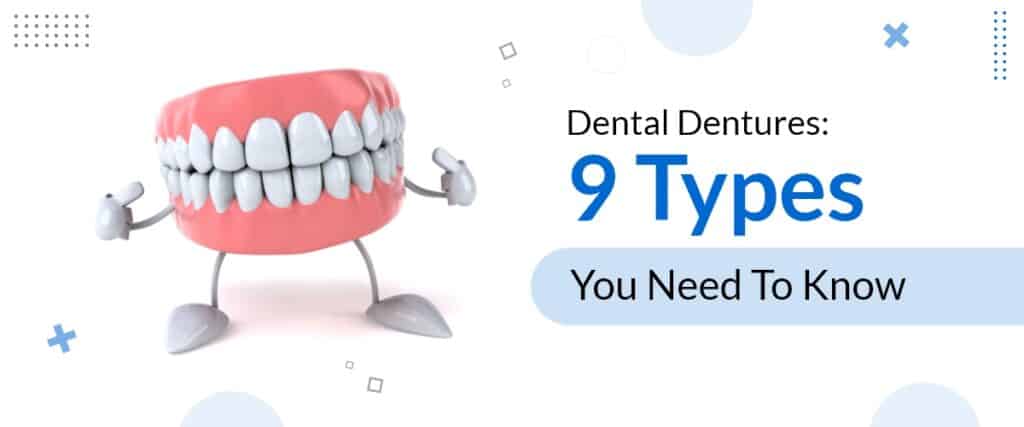Your missing teeth can be replaced in a number of ways. Regardless of whether you need a denture, bridge, or implant, your dentist will be able to advise you on the best course of action and dental procedure you should undergo. Here are a few of the types of dental dentures you should know about.
Full Dentures
Full dentures are removable dental prosthetics that can be used to replace missing teeth. They come in upper and lower sets. The acrylic or porcelain denture teeth are attached to a metal or acrylic foundation, which holds them together. When you have lost all your teeth, full dentures may be required.
Full dentures can last between five and ten years with the right upkeep.
Partial Dentures
Partial dentures, whether upper or lower, are made to bridge the space left by missing teeth. If you only have a few missing teeth, partials can be unclipped and taken out as needed to offer you flexibility and more confidence.
Temporary Dentures
Temporary dentures can be fitted as soon as your teeth have been extracted. While you wait for your new permanent dentures to be fitted, you have the option of using them to help you go about your daily life. You can resume enjoying your favorite meals without endangering your remaining natural teeth by doing so.
These might be suggested by your dentist if you’ve previously experienced sensitive teeth or gums, or as a means to ease your mouth into wearing dentures.
Flexible Dentures
As a type of partial denture, flexible dentures are constructed from materials other than those used in traditional partial dentures. Unlike full dentures, which are typically constructed of thicker, more rigid acrylic, flexible dentures are typically composed of a thin thermoplastic, such as nylon.
If you’re still getting used to wearing dentures, you might notice that flexible partials fit more comfortably than other detachable partials. As flexible dentures don’t contain any metal components, they typically feel and appear much more natural.
Fixed Bridge
By surgically bonding a prosthetic tooth, known as a crown, to the neighboring healthy teeth on each side of the gap, a fixed bridge replaces missing teeth. Fixed bridges typically cost more than removable dentures. The same goes for all kinds of surgically fixed dentures, such as implants, implant-supported dentures, and snap-on dentures.
Cantilever Bridge
When a molar is missing and there are no teeth on one side of it to support the bridge, getting a cantilever bridge is advised. This is when one or more teeth on the opposite side are utilized for support.
Dental Implants
These act as an exact replica of your tooth roots. They are surgically inserted into the bone, where they gradually fuse with it to provide a secure fit. Following surgery or within six months, the implants are subsequently “loaded” with a prosthetic.
Fixed Dentures Supported by Implants
Fixed dentures that are supported by implants have a crown that is fixed to implants that have been surgically placed in your jawbone. After that, screws are used to secure it.
Snap-on Dentures
Snap-on dentures are removable crowns that attach and detach from implants that have been surgically placed in your jawbone. You may chew the things you enjoy without worrying about your dentures coming undone since they latch on securely.
No matter what kind of dentures you get, it’s crucial to maintain them well! Speak to our expert team over at LA Dental Clinic to get a detailed assessment on the type of dental implant that would be best suited for your oral condition.
